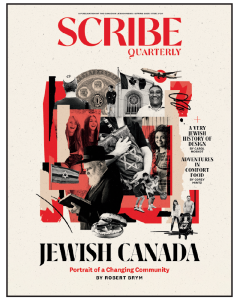The 2024 Summer Olympics in Paris are now in full swing. This is the third time the City of Lights has hosted an Olympics; the first was in 1900, as part of a world’s fair, where the competitions were held over five months and the Games were so under-promoted that many athletes did not know they actually competed in an Olympics.
Paris has also hosted seven world’s fairs since the first was held in London in 1851—most recently in 1937. The Paris International Exhibition of 1937 included an “Israel in Palestine” pavilion, which was a few steps away from the pavilion of Nazi Germany.
The Palestine pavilion was a joint initiative of the Zionist movement in the Land of Israel and local French Zionist leadership, depicting Jewish resettlement as a solution to the plight of the imperiled Jews of Europe. This illustration was the cover of a booklet of postcards featuring highlights of the pavilion.
The pavilion presented Jewish society in Palestine as modern and deeply rooted, with particular focus on communal farming and displaying the “New Jew” as a farmer before an international audience. The exhibition portrayed Jewish rural settlement as a cure for antisemitic persecution and depicted the arrival of Jews fleeing Germany as beneficial to both the Jewish and Arab residents of the country.
The exhibition was designed by Russian-born Arie El-Hanani, who made aliyah in 1922 and worked as a costume and set designer for various productions. He later designed and managed the Levant Fair in Tel Aviv and planned and designed several notable structures in Israel, including the Hall of Remembrance at Yad Vashem.
Although the pavilion received a number of awards and drew favourable media coverage, it failed in its main objective: it did not convince the world to allow Jews to immigrate to Palestine at a time—two years before the beginning of the Second World War—when Jews desperately needed a place to go.







